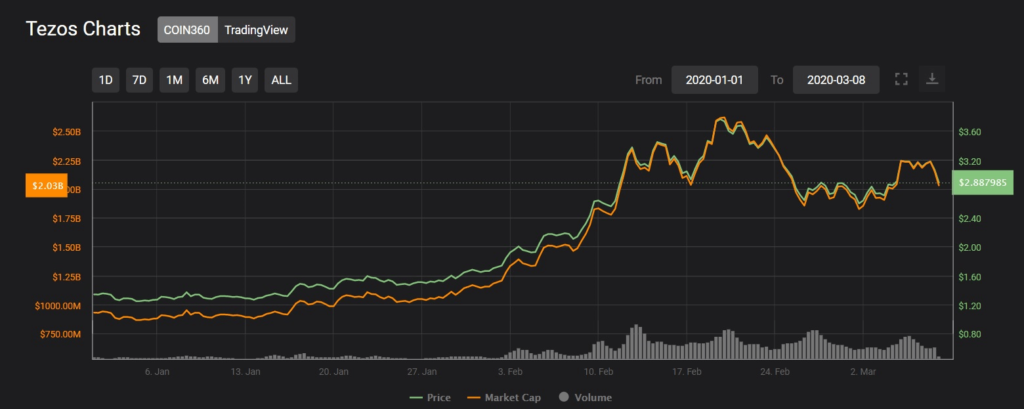
Investing in digital assets is a sham! Participants in this industry are simply trying to anticipate price movements rather than use fundamental analysis to determine why a token or coin might go higher or lower.There is no intrinsic value.It’s pure speculation based on technical analysis.It’s outright gambling.
It’s also exactly how stock and bond markets traded for the first 300 years.
Related: Libra Wanted a Currency, All We Need Are DeFi’s Open Payment Rails
In 1602, the Dutch East India Company issued the first paper shares.This exchangeable medium allowed shareholders to conveniently buy, sell and trade their stock with other shareholders and investors.For hundreds of years thereafter, investors and traders did their best to anticipate price moves, without any of the tools available today for valuing these securities.Back then, a stock trading at $100 was viewed more expensive than a stock trading at $10, independent of number of shares outstanding, underlying revenues, or business prospects.
It wasn’t until the 1920s, following the stock market crash and the Great Depression, that two Columbia University professors, Benjamin Graham and David Dodd, came up with a methodology for identifying and buying securities priced well below their true value.
Their book, “ Security Analysis ,” was published in 1934, and Graham and Dodd’s principles provided a rational basis for investment decisions that are still applied today by the world’s top value investors.
See also : Securities Law Helped Build Modern Capitalism.Crypto Should Embrace It
Warren Buffett chose to attend Columbia specifically to learn from Professor Graham (and received an A+ in his class).
Almost 50 years later, Professor Frank Fabozzi introduced similar valuation techniques and concepts for investing in fixed income securities.And shortly thereafter, even newer valuation techniques (like Metcalfe’s Law ) were introduced to help value computing networks, and these methods were utilized decades later to value pre-revenue internet giants like Facebook, Tencent and Netflix.
Related: Bitcoin, Bonds and Gold: Why Markets Are Upended in a Time of Fear
According to Gisli Eyland, who has written about the value investing philosophy, Graham and Dodd “ described a fundamentally different approach to stock picking and investing in corporate securities by proposing that the investor should refrain from trying to anticipate price movements entirely.Instead, the investor should try to estimate the true Intrinsic Value of the underlying asset.Given time, the Intrinsic Value and market value would converge.” Today, investors and financial media throw around financial ratios like P/E, P/B, EV/EBITDA, P/S, Dividend Yield and many others as if they’ve been around forever, while smugly chastising digital assets for having no intrinsic value .This may be a good time to remind readers that digital assets are less than 10 years old.
Fundamental models emerging in crypto When will the Graham and Dodd of crypto emerge? They’re likely already here, working tirelessly behind the scenes on valuation techniques that will be utilized by the Warren Buffets of crypto 50 years from now.Digital assets are still in their infancy, but new fundamental valuation techniques are being built, tested and discovered every day, from the original MV = PQ analysis , to discounted sum of utility models, to everything else in between .
Many of the models in existence are unproven, with only a few years’ worth of data to support their methodologies, while other models have likely yet to be conceived.
Each of these methods has advantages as well as shortcomings.Digital assets are unique, similar to corporate bonds, making different valuation techniques appropriate for specific token types.Just like a bond has different coupons, different maturities, different covenants and different features (callable, putable, convertible, warrants, etc.), most digital assets have unique features as well, making each analysis different than the last (there is a reason Fabozzi’s fixed income bible is over 1,800 pages long)..
